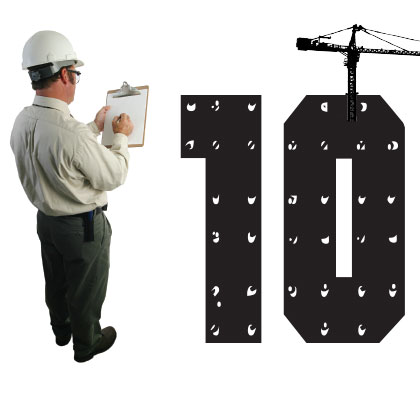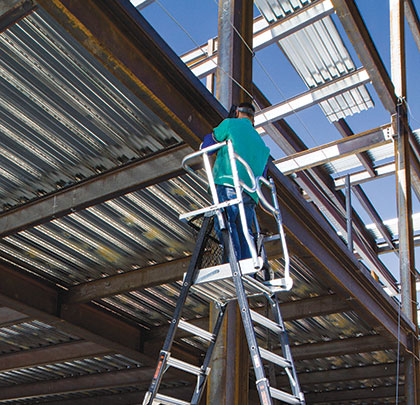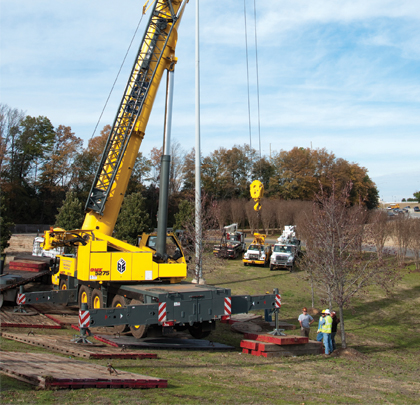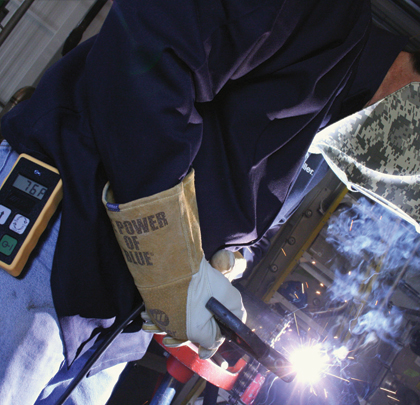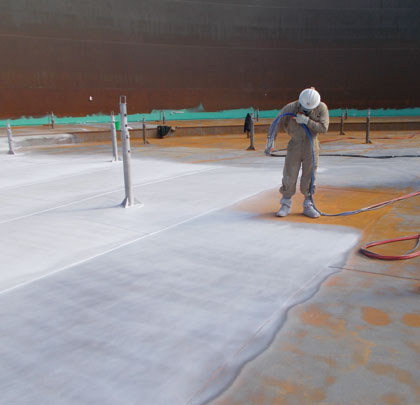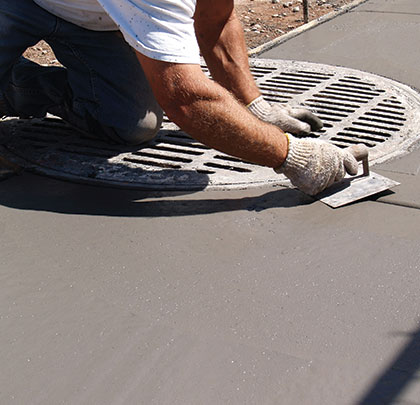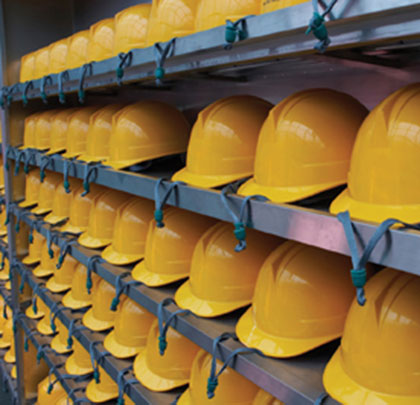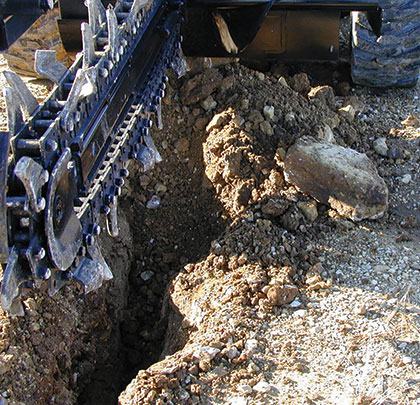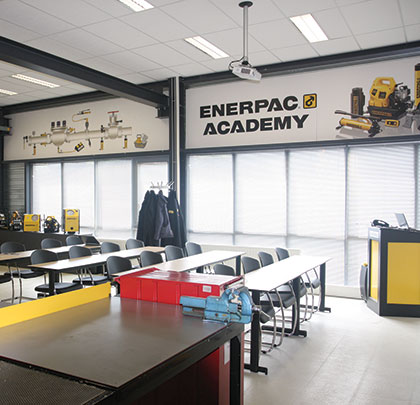10 Essential Points For Optimal Operation
In the May issue, the changes to the Experience Modification Factor (E-MOD) and how it affects your company’s workers’ compensation policy were discussed. In...
Competent Ladder Inspectors: A Must-Have for the Jobsite
How should we inspect our ladders? And who should do it”? These are a couple of the most common questions heard at ladder safety...
20-Foot Working Radius
In a recent ACT article, John Schoppert discussed the most common OSHA citations under the new Crane & Derrick standard: Failure to ensure Signalperson...
Remote Control Welding Technologies, Part 1
Remote control welding technologies offer welding operators the ability make critical process changes and parameter adjustments at the weld joint versus at the power...
Safety First for Industrial Coatings
For decades, industrial facilities have measured the effectiveness of a coating by its ability to prevent corrosion, which, of course, is its fundamental purpose....
EM 385-1-1: The Latest Revision is Out!
After nearly 3 years in its revision, the United States Army Corp of Engineers (USACE) EM 385-1-1, Safety and Health Requirements Manual, 2014 version...
You May Never Feel a Thing
Portland cement, specifically when wet, is a caustic and abrasive substance found in building materials, such as concrete, mortar, plaster, grout, stucco, and terrazzo....
Strengthening the Jobsite Safety Climate
Management commitment is critical to improving the jobsite safety climate. Managers that “talk the talk” but do not “walk the talk” are poor safety...
Avoid Trenching Troubles
An inexperienced trencher operator can cause costly mistakes. From start to finish, educate yourself on the task at hand—know your digging conditions, recognize potential...
Enerpac Academy Promotes Safety
Enerpac has developed an in-house training program, Enerpac Academy, to offer Enerpac product operators and maintenance staff the opportunity to be trained in the...


